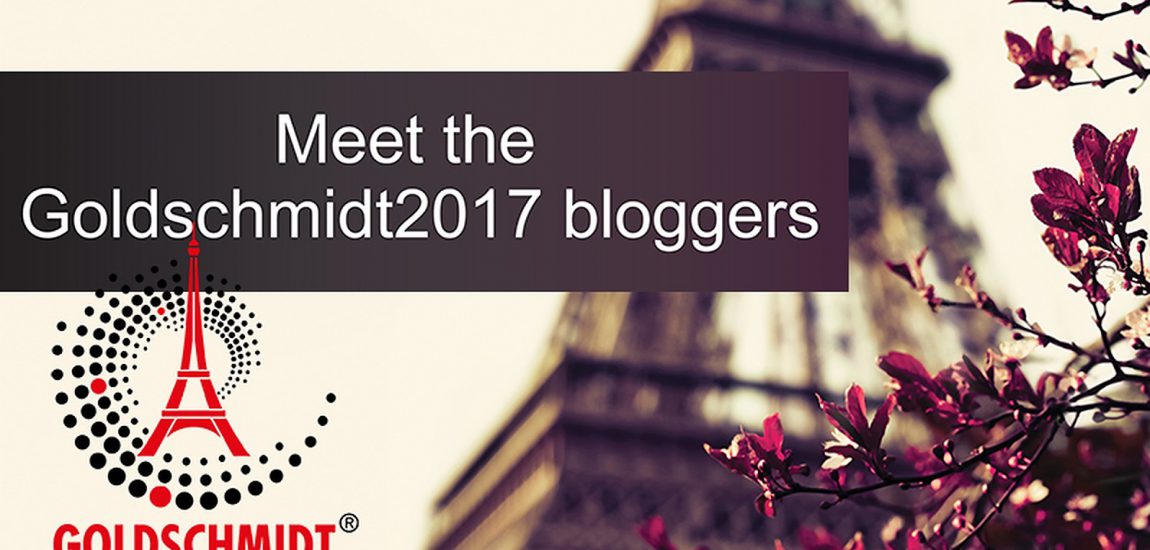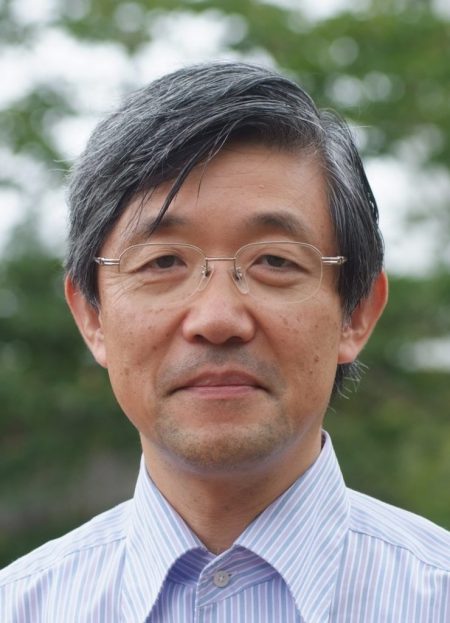
Prof Eiji Ohtani – nature is seamless

Prof Eiji Ohtani is the 2017 Urey Medal Awardee for outstanding contributions advancing geochemistry over an entire career. Eiji Ohtani shares his thoughts on what it feels like to win this prestigious award, why he felt he needed to leave natural samples and start working with experiments, and why we should all focus on the work-life balance.
This interview focuses on the interviewee, and therefore my own commentary is reduced to an absolute minimum, for now.
Sami: Congratulations on the Urey Award. How did it feel to win this prestigious award?
Eiji: It is a great honour, I didn’t expect it.
Sami: How would you describe yourself, professionally?
Eiji: I would like to say high-pressure geoscientists, and maybe also a mineral physicist.
Sami: What is your current position?
Eiji: I am a Professor Emeritus, I retired last year. I still have an office, and a relatively large budget. I also have a part-time position at the V.S. Sobolev Institute of Geology and Mineralogy of the Russian Academy of Sciences, and a strong working relationship with the Bayerisches Geoinstitut für experimentelle Geochemie und Geophysik in Germany. I also collaborate with the Chinese University of Geosciences. I share my experience with lots of labs, and I always try to help.
Sami: Who are you, personally? What are your non-scientific hobbies?
Eiji: I like the country side, and to see some movies, plays, and live music. The movies are a very good way to forget the problems of life – including laboratory problems – and to relax the brain.
[we both laughed at this, and shared a moment of total agreement]
Sami: Where did you work as an Early Career Scientists?
Eiji: Before this I studied peridotite of the Holoman Ultramafic complex in Hokkaido, Japan, as an undergraduate at Tohoku University, and they were quite fresh samples. I did some petrological descriptions because I wanted to see the mantle, I wanted to see Earth’s interior. This lead me to study high-pressure experiments for my PhD at Nagoya University, because the peridotite samples only provide a limited depth sample of the planet. After my experimental PhD, I moved to ANU as a research follew of the petrochemistry group lead by Ted Ringwood. I had chances to discuss the many scientific issues with great professors such as Ted Ringwood, Ross Taylor, & Steve Turner. I brought the Multi-anvil apparatus to ANU for Ted Ringwood so other people could use this equipment. He paid the money, and I install the press like an engineer. I really like the engineering side of geoscience work. I also visited Tasmania to discuss our common interests with Dave Green and his postdocs, like Gerhard Brey. It was a great opportunity for me to make a scientific network in my academic life.
Sami: Wow, what a great opportunity for a postdoc!
Eiji: Yeah, it was a great chance for me to learn from them. I remember that Ted Ringwood & Ross Taylor would disagree with each other, and argue a lot. But they always stayed as friends, including having dinner with each other’s families. Their disagreement were always professional, and not personal.
Sami: What career challenges have you faced? What do you identify as a major challenge to early-career scientists?
Eiji: Sometimes you spend a lot of time in science, and you go home and don’t spend enough time with your family. I think the personal life is important. Making the balance for the family and career is difficult, but we should be careful to not forget either responsibility like the lab, and at home. My advice is to work hardest at making this balance, it is very, very important.
Sami: Has the EAG or the Geochemical Society played a positive role in your professional development? Or person? If so, how?
Eiji: The Goldchmidt conference organized by the two societies has been one of the most important meetings for me to attend. I participated this meeting every year, and it was a place to get new and hot information in Earth and planetary science. The meeting is the place to meet active outstanding scientists in geochemistry and cosmochemistry. I really enjoyed the science activities created by the Goldschmidt conference. I had a chance to attend the meeting a long time ago which was held at Kurashiki, Japan. Professor Mineo Kumazawa, my supervisor of Nagoya University, encouraged me to attend the meeting. He worked to make instruments, and I learned how to design high-pressure instruments. My background was mineralogy and petrology, but with Professor Kumazawa I learned how to be an engineer for realize scientific targets. This is very important for high-pressure research. Professor Kumazawa also taught me that nature is seamless, and every phenomenon is continuous and related. This concept is that realized by EAG and Geochemical Society with the Goldschmidt conference. This is the reason why I liked to attend this conference.
Sami: Do you mean how the core-mantle heat flux gives us a dynamo, and the dynamo provides a magnetic field, and the magnetic field helps Earth retain water, and the water allows life, and because of this we’re sitting here in Paris where I am interviewing you?
Eiji: Yeah, this is right. People who specialise in physics and chemistry can sometimes miss the connection, but geoscience is the science to see it all. But we need engineering to perform the experiments. And we need to use biology, physics, and chemistry to understand these data. For example, we generated the multi-anvil press to study the interior of Earth. But the material scientists now have more multi-anvil presses and they want it to make superconductors. This is also an example of the seamless connectivity of science.
Sami: If you had a time machine and could witness any event, or see any period in geological time, what would you choose to see?
Eiji: If I could travel through space and time, I would like to see the centre of the Earth – at any time. Because we can never see it.
